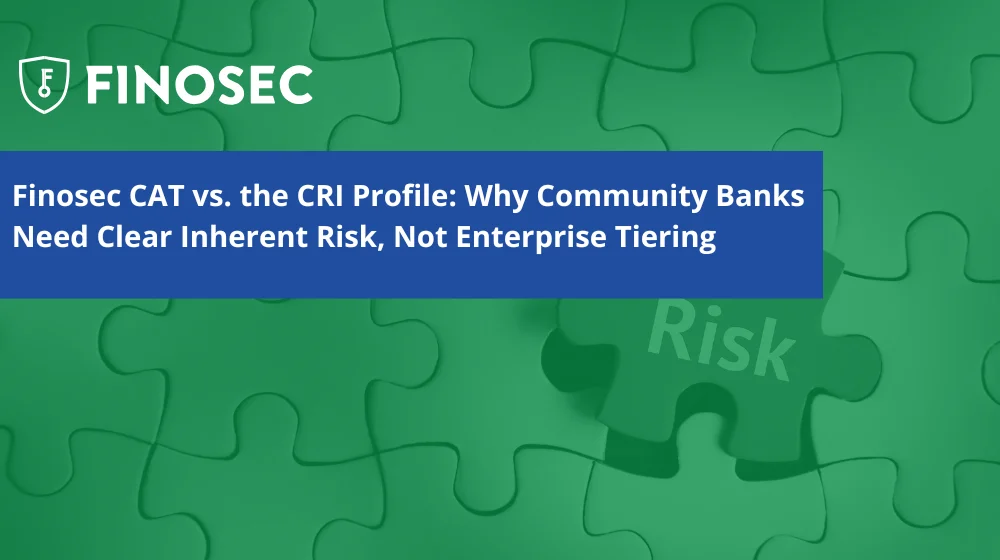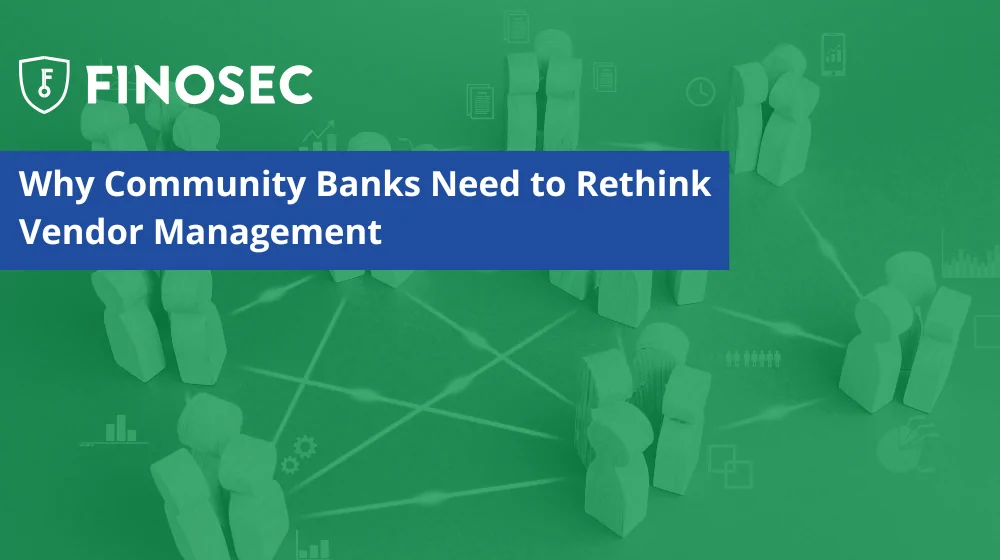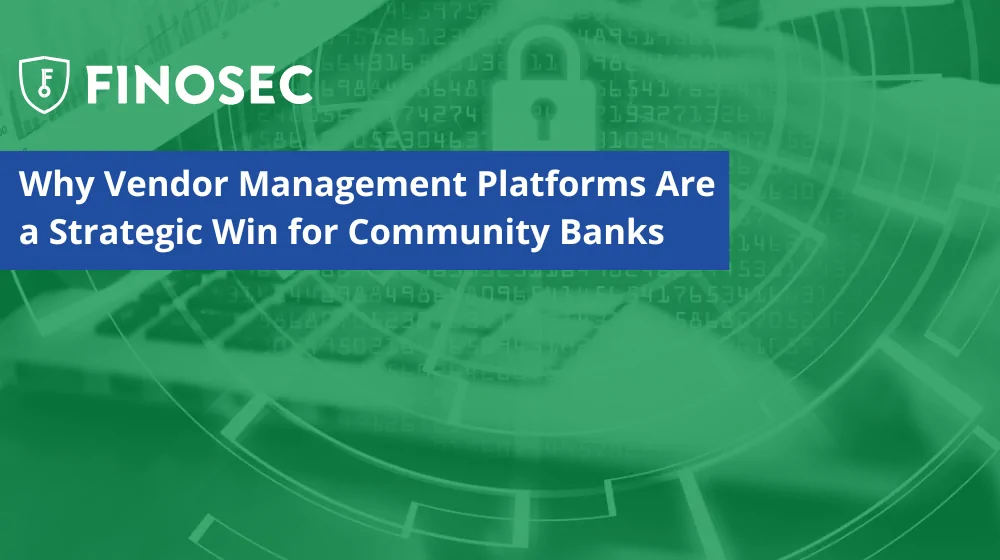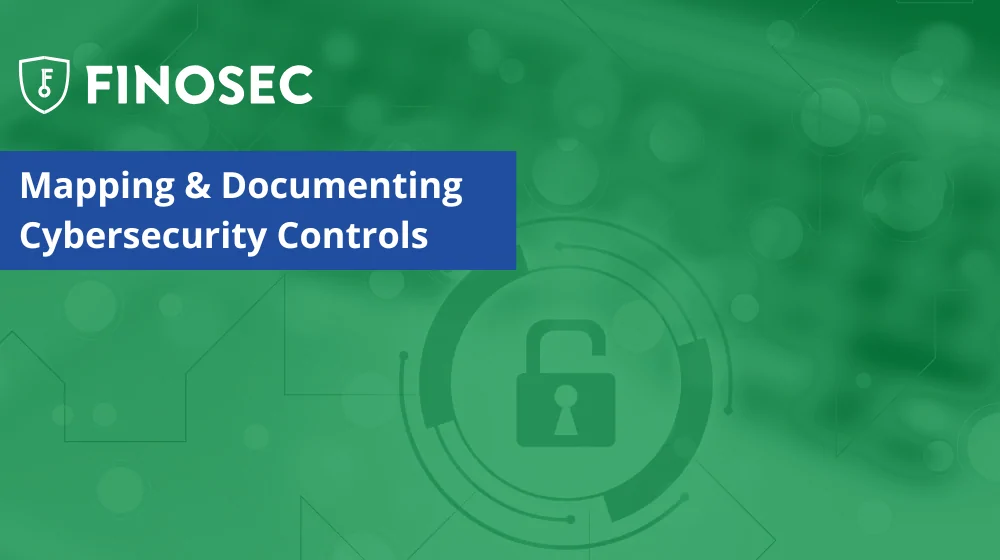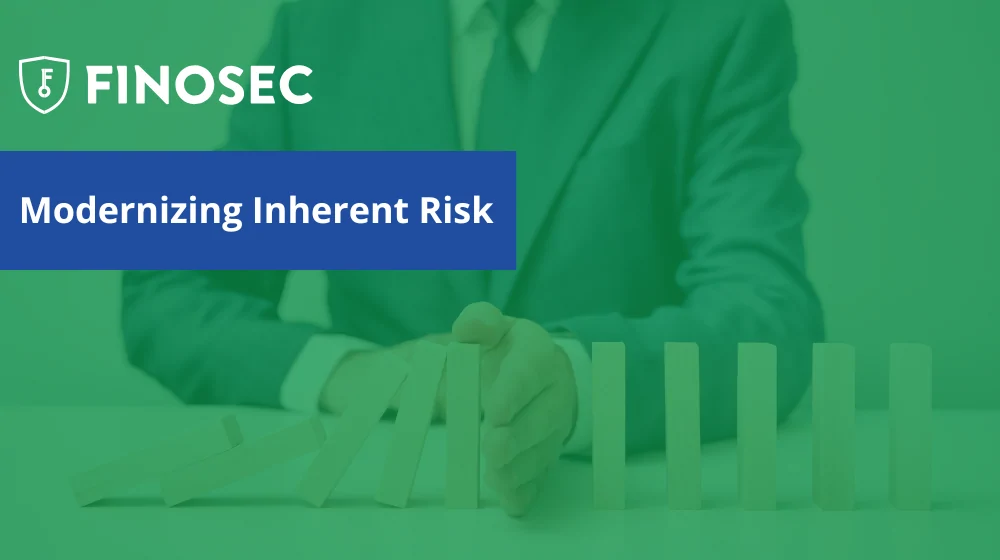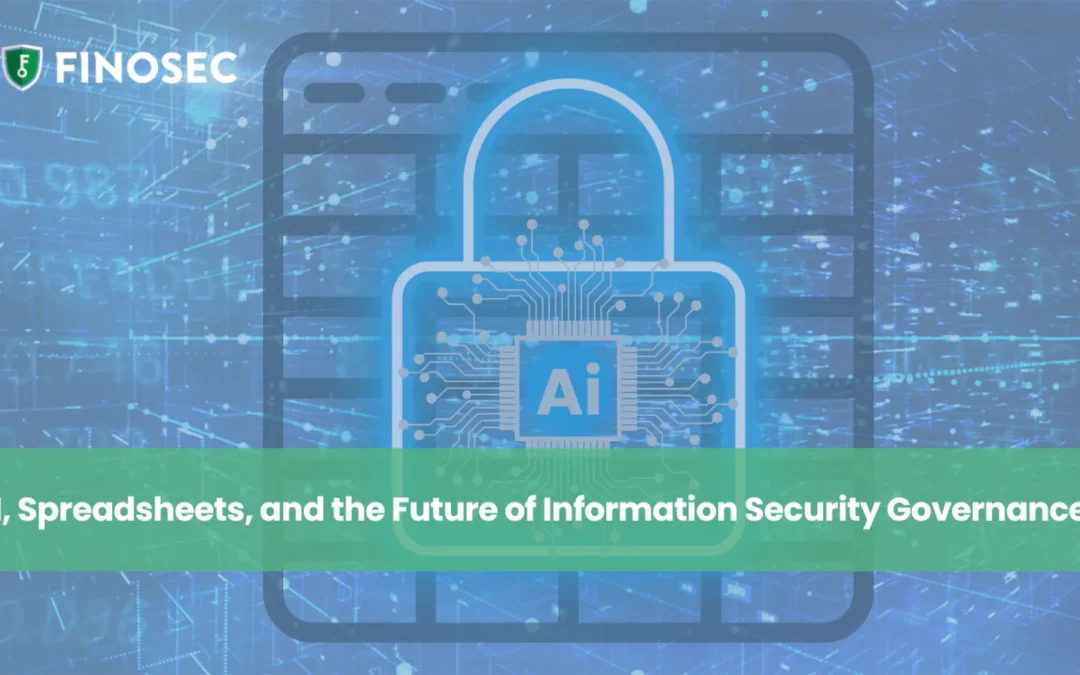User Access Reviews (UAR) are crucial for financial institutions, examiners and auditors are focusing on them, and best practices mandate managing to least privilege. However, the process can be complicated and time-consuming. This is why it’s important to standardize and simplify the process as much as possible. Our User Access Review Best Practices white paper outlines five steps to help you achieve this.
- The first step is to create a system map that documents the systems in place at your institution. This map should include information such as system function, location, and who is responsible for them. By doing this, you can build a strong foundation for your UAR process.
- The second step is to identify the highest risk systems and begin with those. This allows you to focus on the most important elements first and work your way down.
- The third step is to rate the risk of each system and access level as high, medium, or low. This helps you prioritize your review schedule, ensuring that the highest risk systems are reviewed more frequently than lower-risk ones.
- The fourth step is to review the system access and permissions for your users. You should confirm that you are managing access according to the principle of least privilege, revoking access upon termination, and following the process of role changes.
- The final step is to increase your maturity in this process. As you continue to mature the UAR process, you will learn to establish standards, processes, and variances.
To make this process even easier, consider using a software platform such as Finosec User Access Reporting. This platform can import your reports and produce change reports showing you what changed between user access reviews. The platform can also highlight privileged access permissions, highlighting the highest risk functions by employee and even security group. By focusing on the highest risk and the changes, our platform can increase the effectiveness of your review and significantly reduce the amount of time associated with completion.
By following these steps, you can simplify the UAR process and ensure that your organization is secure. To learn more about each step in detail, download our User Access Review Best Practices white paper today.
